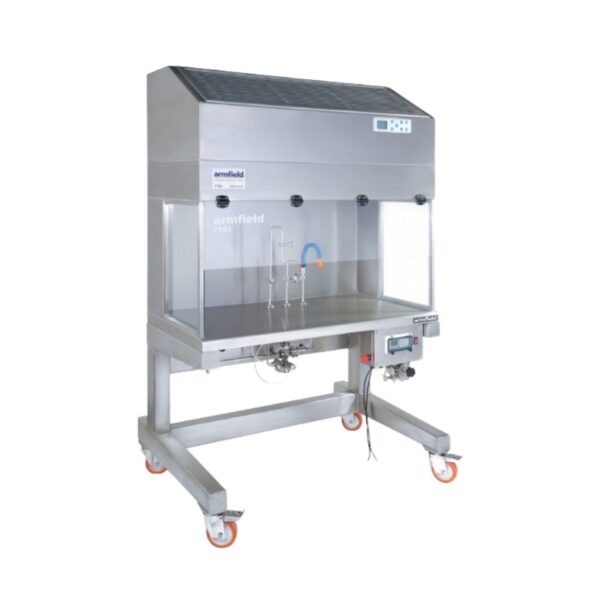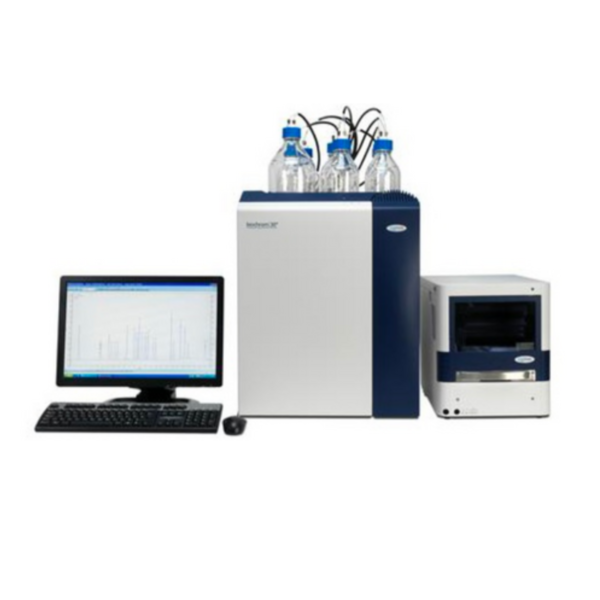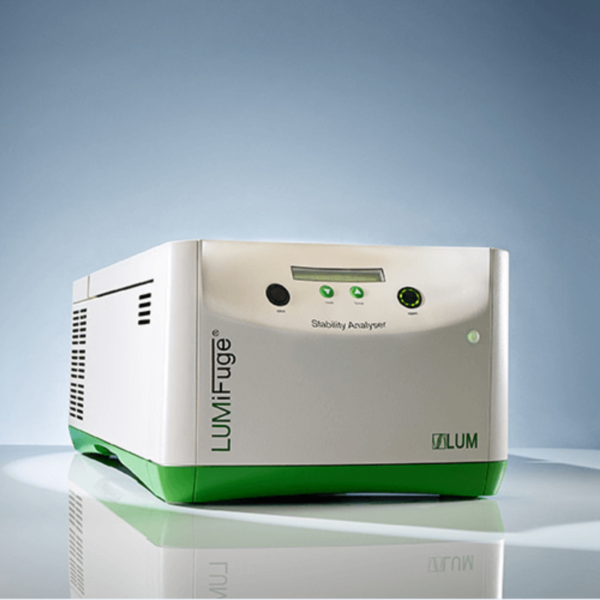Armfield – Miniature-Scale Research & Development Technology – FT83 Sterile Filling System
The Armfield FT83 is the most cost-effective solution for R&D departments to produce sterile packaged samples with an excellent shelf life. As well as a working chamber with a controlled, clean environment, the unit includes the facilities to allow all the product paths to be sterilised and for the filling to be controlled in a simple manner.
The FT83 utilises a vertical-flow / laminar-flow cabinet to maintain the air within the working section to better than ISO class 5 (Federal Standard 209e – Class 100). This high specification is achieved by passing the air through a high-efficiency HEPA filter, and recirculating most of this air to get an improved filtering effect. A digital airflow readout is incorporated and also serves as a warning when the HEPA filter needs replacing. A prefilter extends the life of the HEPA filter. The FT83 can be specified with a UVC lamp to aid disinfection within the cabinet (FT83-UV).
The product from the UHT system is either passed to the filling head or diverted to drain by means of a hygienic, pneumatically operated, three-way valve controlled by a foot pedal. When filling, the operator places a pre-sterilised container under the filling head and uses the foot pedal to fill to the required level.
When cleaning-in-place (CIP) or sterilising-in-place (SIP) a stainless steel pipe is positioned over the filling head to a return outlet in the working chamber. The cleaning fluid or sterilising hot water can be passed through the filling head, and also through the divert section. In these modes the integral mini-PLC now controls the three-way valve and hence the flow path. During SIP the PLC also monitors the temperature of the water to ensure the specified sterilisation time and temperature have been met.
The flow path to drain incorporates a heat exchanger to reduce the sterilising water to a safe temperature and a back-pressure valve to maintain pressure within the system to prevent boiling.
The containers used for filling need to be sterilised before use. Any convenient sterilisation method can be used, such as autoclaving, gamma radiation, or buying in sterilised containers from a laboratory equipment supplier. In use, the working chamber is cleaned manually.
The cabinet surfaces are sterilised using a suitable spray (eg ethanol). This method can also be used to sterilise the neck and seal of the containers where necessary.
Filled containers can be removed easily from the working chamber and new containers can be introduced without introducing product contamination. Trials have shown that using this system, new operators with a minimum of instruction can produce packaged aseptic samples similar to production aseptic filling systems.
A nitrogen nozzle is included, which can be directed over the container while filling, to give low oxygen content in the packaged product.
Key Features
FT83 Sterile Filling System
Key Features
- Aseptic filling for sterile samples (when linked to a suitable UHT processing system)
- N2 headspace evacuation
- Filling environment to federal standard 209E class 100 (ie meets microbiological safety and pharmaceutical production/filling requirements)
- Simple operation
- Open front for ease of use
- Large working area
- Wide range of containers catered for
- Low-oxygen filling facility as standard
- Can form part of a complete aseptic UHT processing line
- Cleaning, sterilisation and filling modes
- Stainless steel construction
- UVC lamp option
Benefits
- Extended shelf-life products achievable
- Can interface with existing Armfield UHT equipment
Key Industries
- Biopharmaceutical and Biotechnology
- Chemical
- Cosmetics & Personal Care
- Education & Academics
- Food & Beverage
- Oil & Gas
- Pharmaceutical
- Powders & Pigments / Coating
More Products
The Armfield Industrial Division designs and manufactures research & development systems, primarily for the food, beverage, dairy, edible oil and…






